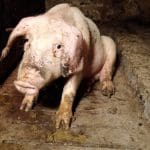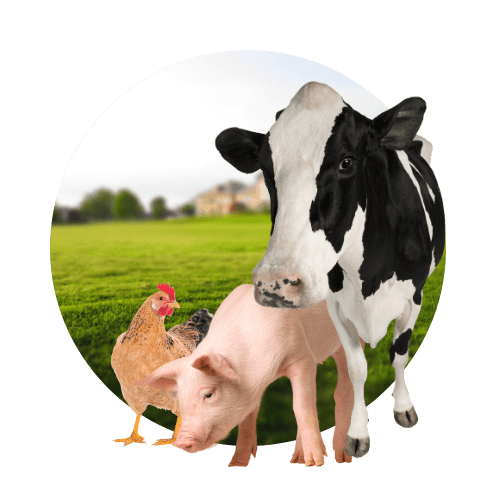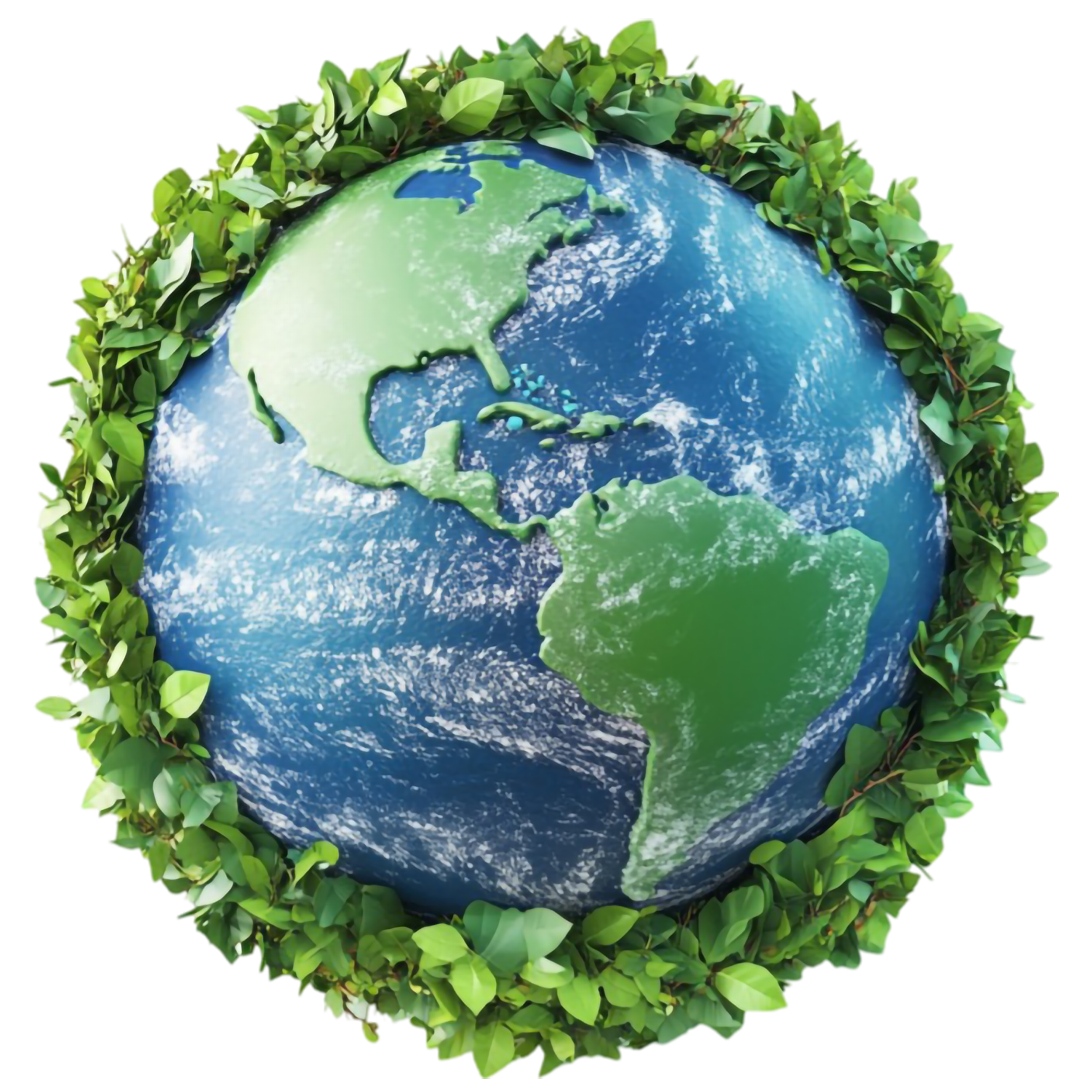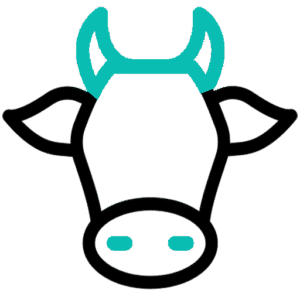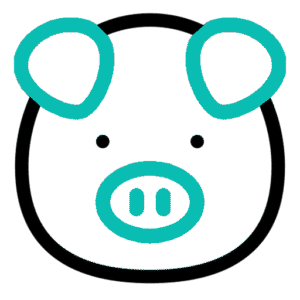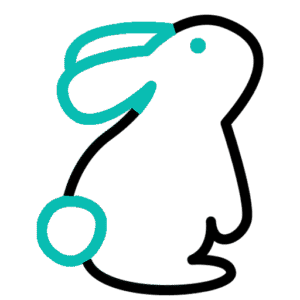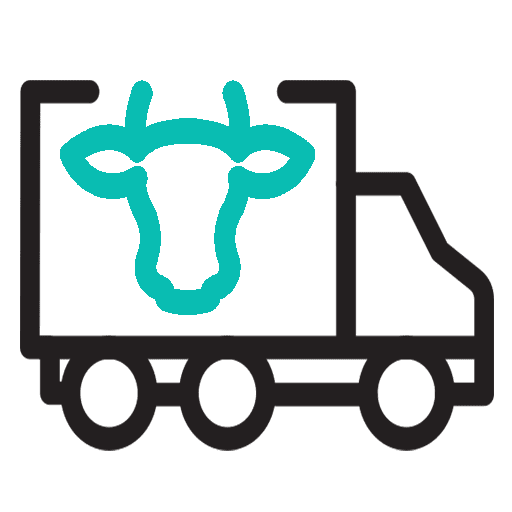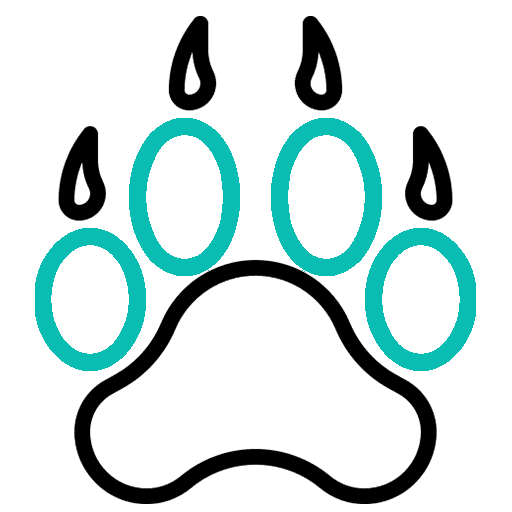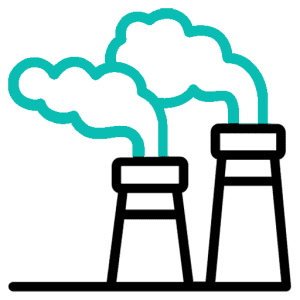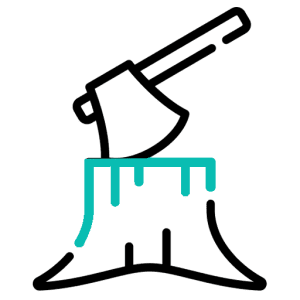The fashion and textile industries have long been associated with the use of materials like wool, fur, and leather, which are derived from animals. While these materials have been celebrated for their durability, warmth, and luxury, their production raises significant environmental concerns. This article delves into the environmental hazards of wool, fur, and leather, exploring their impact on ecosystems, animal welfare, and the planet as a whole.

How Fur Production Harms the Environment
The fur industry is one of the most environmentally damaging industries worldwide. A staggering 85% of the fur industry’s skins come from animals raised in fur factory farms. These farms often house thousands of animals in cramped, unsanitary conditions, where they are bred solely for their pelts. The environmental impacts of these operations are severe, and the consequences extend far beyond the immediate surroundings of the farms.

1. Waste Accumulation and Pollution
Each animal in these factory farms generates a substantial amount of waste. For instance, a single mink, which is commonly farmed for its fur, produces about 40 pounds of feces during its lifetime. This waste accumulates rapidly when thousands of animals are housed on a single farm. U.S. mink farms alone are responsible for millions of pounds of feces every year. The environmental implications of such vast amounts of animal waste are profound.
In Washington state, one mink farm was charged with polluting a nearby creek. Investigations revealed that the fecal coliform levels in the water were a shocking 240 times higher than the legal limit. Fecal coliform bacteria, which are indicators of contamination from animal waste, can lead to serious water pollution problems, harming aquatic life and potentially posing health risks to humans who rely on the water source for drinking or recreational purposes.
2. Water Quality Degradation
The release of animal waste into nearby waterways is not limited to the United States. In Nova Scotia, studies conducted over a five-year period found that water quality degradation was primarily caused by high phosphorus inputs resulting from mink farming operations. Phosphorus, a key component of animal manure, can lead to the eutrophication of lakes and rivers. Eutrophication occurs when excess nutrients stimulate the overgrowth of algae, depleting oxygen levels and harming aquatic ecosystems. This process can lead to dead zones, where oxygen is so scarce that most marine life cannot survive.
The persistent pollution from mink farming in these areas highlights a widespread issue in regions where fur farming is prevalent. In addition to water contamination from fecal waste, the chemicals used in the farming process, such as pesticides and antibiotics, can further contribute to the degradation of local water sources.
3. Air Pollution from Ammonia Emissions
Fur farming also contributes significantly to air pollution. In Denmark, where over 19 million minks are killed each year for their fur, it is estimated that more than 8,000 pounds of ammonia are released into the atmosphere annually from fur farm operations. Ammonia is a toxic gas that can cause respiratory problems in humans and animals. It also reacts with other compounds in the atmosphere, contributing to the formation of fine particulate matter, which is harmful to both human health and the environment.
The release of ammonia from mink farms is part of a broader issue of industrial animal farming, where large-scale operations produce significant quantities of gases that pollute the air and contribute to the broader problem of climate change. These emissions are often left unchecked, as the regulatory framework for fur farms is often inadequate.
4. Impact on Local Ecosystems
The environmental harm caused by fur farming goes beyond just the water and air pollution. The destruction of local ecosystems is also a significant concern. Mink farms often operate in rural areas, and the surrounding natural habitats can be heavily impacted by the operations. As the waste from these farms leaches into the ground, it can poison the soil, killing plants and reducing biodiversity. The introduction of chemicals, such as pesticides used to control pests in fur farming operations, can also have toxic effects on local wildlife, including pollinators, birds, and small mammals.
The intensive farming of mink and other fur-bearing animals also contributes to habitat destruction, as forests and other natural landscapes are cleared to make way for the farms. This results in the loss of important wildlife habitats and contributes to the fragmentation of ecosystems, making it harder for native species to survive.
5. Global Warming and Climate Change
Fur farming, particularly mink farming, has an indirect but significant impact on climate change. As previously mentioned, the release of ammonia and other greenhouse gases, such as methane, contributes to air pollution and global warming. While the fur industry is a relatively small contributor to climate change compared to other sectors, the cumulative effect of millions of animals being farmed for their pelts adds up over time.
Additionally, the land used for growing feed for these animals and the deforestation linked to the expansion of fur farming operations all contribute to the overall carbon footprint of the industry. The impact of this industry’s greenhouse gas emissions on the planet’s climate cannot be underestimated.
The environmental hazards associated with fur production are extensive and wide-ranging. From water contamination and soil degradation to air pollution and habitat destruction, the consequences of fur farming are devastating. While fur may be considered a luxury product, its production comes at a steep environmental cost. The fur industry’s negative impact on ecosystems and human health makes it clear that a more sustainable and ethical approach to fashion and textiles is urgently needed. Transitioning away from fur and adopting cruelty-free, environmentally friendly alternatives can help reduce the ecological footprint of the fashion industry and ensure a healthier planet for future generations.
How Leather Production Harms the Environment
Leather, once a simple byproduct of animal slaughter, has become a widely used material in fashion, furniture, and automotive industries. However, the production of leather, particularly modern methods, poses significant environmental hazards. Although traditional tanning methods, such as air- or salt-drying and vegetable tanning, were used until the late 1800s, the leather industry has evolved to rely heavily on more dangerous and toxic chemicals. Today, leather production involves processes that release hazardous materials into the environment, creating serious pollution concerns.

1. Chemical Use in Modern Leather Tanning
The tanning process, which transforms animal hides into durable leather, has shifted away from the traditional methods of vegetable tanning and oil-based treatments. Modern tanning predominantly uses chromium salts, specifically chromium III, a method known as chrome tanning. While chrome tanning is more efficient and faster than traditional methods, it introduces significant environmental risks.
Chromium is a heavy metal that, when improperly handled, can contaminate soil and water, posing risks to both human and environmental health. All wastes containing chromium are classified as hazardous by the U.S. Environmental Protection Agency (EPA). If not managed properly, the chemical can leach into groundwater, making it toxic for plants, animals, and even humans. Prolonged exposure to chromium can lead to serious health issues, including respiratory problems, skin irritation, and even cancer.
2. Toxic Waste and Pollution
In addition to chromium, the waste generated from tanneries contains a variety of other harmful substances. These include protein, hair, salt, lime, and oils, which, if not properly treated, can pollute surrounding ecosystems. The wastewater from leather production is often high in organic matter and chemicals, making it difficult to treat with conventional wastewater treatment methods. Without proper filtration and disposal, these pollutants can contaminate rivers, lakes, and groundwater, impacting both aquatic life and the quality of water used for drinking or irrigation.
The large quantities of salt used in tanning processes contribute to soil salinization. As salt is released into the environment, it can disrupt the balance of ecosystems, leading to the destruction of plant life and soil degradation. The high levels of lime, used to remove hair from the hides, also create an alkaline environment, further harming aquatic ecosystems and reducing biodiversity.
3. Air Pollution and Emissions
Leather production is not only responsible for water and soil pollution but also contributes to air pollution. The drying and curing processes used to prepare leather releases volatile organic compounds (VOCs) and other chemicals into the air. These emissions can degrade air quality, leading to respiratory problems for workers and nearby communities. Some of the chemicals used in the tanning process, such as formaldehyde and ammonia, are also released into the atmosphere, where they can contribute to smog formation and further environmental degradation.
The leather industry is a significant contributor to global greenhouse gas emissions as well. The livestock industry, which supplies the hides for leather production, is responsible for a substantial amount of methane emissions. Methane, a potent greenhouse gas, is released by cattle during digestion and as part of manure decomposition. As the demand for leather increases, so too does the livestock industry, exacerbating the industry’s contribution to climate change.
4. Deforestation and Land Use
Another environmental impact of leather production is linked to the cattle industry. To meet the demand for leather, vast tracts of land are used for cattle grazing. This has led to the clearing of forests, particularly in regions like the Amazon, where land is cleared to make way for cattle ranching. Deforestation contributes to habitat loss for many species and accelerates climate change by releasing stored carbon in the trees into the atmosphere.
The expansion of cattle ranching also leads to soil erosion, as forests and other natural vegetation are removed. This disruption of the natural landscape can cause the degradation of the soil, making it more vulnerable to desertification and reducing its ability to support plant life.
The production of leather, while still a significant part of the global economy, has a substantial environmental impact. From the hazardous chemicals used in tanning processes to the deforestation and methane emissions associated with livestock farming, leather production contributes to pollution, climate change, and habitat loss. As consumers become more aware of these environmental risks, there is an increasing demand for sustainable and cruelty-free alternatives. By embracing alternative materials and promoting more ethical production practices, we can mitigate the environmental harm caused by leather and move toward a more sustainable future.
How Wool Production Harms the Environment
The practice of breeding sheep for their fleece has led to widespread land degradation and pollution. These effects are far-reaching, affecting ecosystems, water quality, and even contributing to global climate change.

1. Land Degradation and Habitat Loss
The domestication of sheep for wool production began with the invention of shears, leading humans to breed sheep for continuous fleece. This practice required large amounts of land for grazing, and as demand for wool grew, land was cleared and forests were cut down to make room for these grazing sheep. This deforestation has resulted in several negative environmental consequences.
In areas such as Patagonia, Argentina, the scale of sheep farming expanded rapidly in the first half of the 20th century. However, the land could not sustain the growing number of sheep. Overstocking led to soil deterioration, which caused desertification, severely affecting local ecosystems. According to National Geographic, more than 50 million acres in one province alone have been “irrevocably damaged because of overstocking.” This land degradation has been disastrous for local wildlife and plants, decreasing biodiversity and making the land unfit for future agricultural or grazing use.
2. Soil Salinity and Erosion
Sheep grazing leads to increased soil salinity and erosion. The constant trampling of the ground by large herds of sheep compacts the soil, reducing its ability to absorb water and nutrients. This leads to increased runoff, which carries away topsoil and organic material, further damaging the land. Over time, this process can turn fertile soil into barren desert, making it unsuitable for further farming or grazing.
Soil erosion also disrupts plant life, making it harder for native vegetation to regrow. The loss of plant life in turn impacts wildlife that depend on these ecosystems for food and shelter. As the land becomes less productive, farmers may turn to even more destructive methods of land use, exacerbating the environmental harm.
3. Water Use and Pollution
Wool production also places a strain on water resources. Animal agriculture, in general, is a significant consumer of water, and sheep farming is no exception. Sheep require large amounts of water to drink, and additional water is needed to grow the crops that feed them. As water scarcity becomes an increasing global issue, the large-scale use of water for wool production further exacerbates the problem.
In addition to water consumption, chemicals used in wool production can pollute existing water supplies. Insecticides, which are often applied to sheep to control pests, are particularly harmful. In the U.S. alone, more than 9,000 pounds of insecticides were applied to sheep in 2010. These chemicals can leach into the soil and water, contaminating nearby rivers, lakes, and groundwater. As a result, not only does the production of wool lead to the depletion of freshwater resources, but it also contributes to water pollution, which harms aquatic life and potentially affects human health.
4. Pesticide and Chemical Use
The chemical burden on the environment due to wool production is significant. The chemicals used to treat sheep for parasites and pests, such as scabies, lice, and flies, are often harmful to the environment. The pesticides used can persist in the environment for a long time, affecting not only the immediate area of sheep farming but also surrounding ecosystems. Over time, the accumulation of these chemicals can degrade the health of soils and local waterways, further reducing the land’s ability to support biodiversity.
A 2004 technical memo noted that the environmental impacts of pesticide use are compounded by the fact that many wool-producing regions use a high volume of chemicals, with little regard for their long-term effects on the ecosystem. This widespread use of pesticides not only poses risks to local wildlife but also has the potential to harm human populations through contamination of water supplies.
5. Carbon Footprint of Wool Production
The carbon footprint of wool production is another environmental concern. Sheep farming contributes to greenhouse gas emissions in several ways. The most significant of these is methane, a potent greenhouse gas produced during digestion. Sheep, like other ruminant animals, release methane through belching, which contributes to climate change. While methane has a shorter atmospheric lifetime than carbon dioxide, it is far more effective at trapping heat in the atmosphere, making it a critical contributor to global warming.
Additionally, the transportation of wool from farms to processing facilities and then to markets adds further emissions. Wool is often shipped long distances, contributing to air pollution and further driving climate change.
Wool production has significant environmental consequences, ranging from land degradation and soil erosion to water pollution and chemical use. The demand for wool has contributed to the destruction of natural habitats, particularly in regions like Patagonia, where overgrazing has led to desertification. Additionally, the use of pesticides and large water consumption further exacerbate the environmental harm caused by the wool industry.
As awareness of these environmental issues grows, there is a shift towards more sustainable practices and alternatives to traditional wool production. By embracing organic and recycled wool, as well as plant-based fibers, we can reduce the negative environmental impact of wool and move towards more sustainable and ethical textile production.
What You Can Do
While the environmental harms caused by wool, fur, and leather production are significant, there are steps you can take to reduce your personal environmental impact and help create a more sustainable future. Here are some actions you can adopt to make a difference:
- Choose plant-based and cruelty-free fabrics (e.g., organic cotton, hemp, bamboo)
- Support plant-based leathers (e.g., mushroom, pineapple leather)
- Shop from sustainable and ethical brands
- Buy second-hand or upcycled items
- Use eco-friendly faux fur and leather alternatives
- Look for eco-friendly and ethical certifications (e.g., GOTS, Fair Trade)
- Use recycled products
- Reduce consumption of wool and leather goods
- Research material sources before purchasing
- Reduce waste and promote recycling processes

